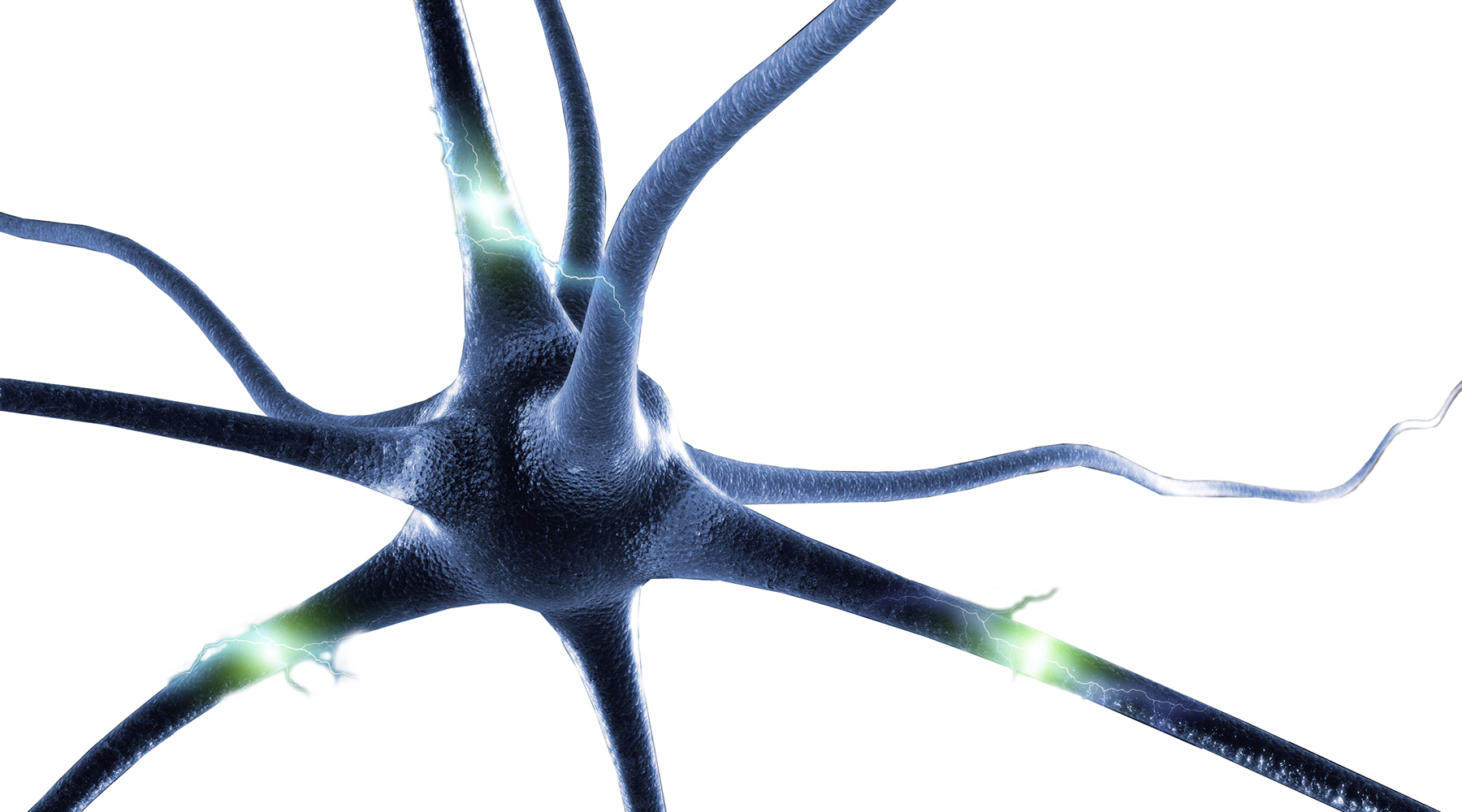In new research, scientists from OMRF and Purdue University have created an experimental compound that reduces memory loss and Alzheimer’s disease-causing plaques in mice genetically engineered to develop the illness.
When technicians treated the animals with a new compound developed by OMRF’s Dr. Jordan Tang and Purdue’s Dr. Arun Ghosh, they found a 75 percent reduction in disease-causing plaques. “And the mice performed almost as well in memory tests as mice without the Alzheimer’s gene,” says Tang. Based on these results, the researchers will continue to study and develop the compound as a possible treatment for Alzheimer’s in humans.
An experimental drug based on Tang and Ghosh’s previous work is already undergoing trials in humans, but the latest research involves a new and different compound formulated by the OMRF team. “Alzheimer’s is a complicated, multi-faceted disease, so it’s important to press forward on as many fronts as possible,” says Tang, who holds the J.G. Puterbaugh Chair in Medical Research at OMRF. “We cannot rely on a ‘one-treatment-fits-all’ strategy, because what works in one patient will not necessarily work in another.”
The new compound inhibits an enzyme known as memapsin 2. “Memapsin 2 is like a pair of biological scissors in the brain, snipping off sections of a chain of amino acids,” says Tang. “As we get older, those snipped strands become tangled together and form plaques that cause Alzheimer’s disease.”
OMRF technicians gave regular doses of the new inhibiting compound to laboratory mice genetically engineered to develop a condition similar to Alzheimer’s. They then compared the brains of the mice to genetically altered mice that did not receive the inhibitor. By the age of 10 months, the brains of untreated mice showed the same plaques found in humans with Alzheimer’s, but mice given the inhibitor showed only a fraction of those plaques.
The researchers also administered a memory test for the mice by submerging a platform beneath a pool of opaque liquid and allowing the mice to swim around to find it. They then repeated the test several times to assess the animals’ ability to remember the platform’s location. The better a mouse’s memory, the faster the animal was able to find the platform.
The mice that received the inhibitor remembered the location of the platform almost as well as normal mice. In contrast, mice with the Alzheimer’s genes that did not receive the inhibitor began having difficulty finding the platform at around 6 months, and their performance kept declining as they aged.
“These are impressive results,” says OMRF President Stephen Prescott. “With his new findings, Dr. Tang has made another important advance in the search for a way to stop Alzheimer’s.”



